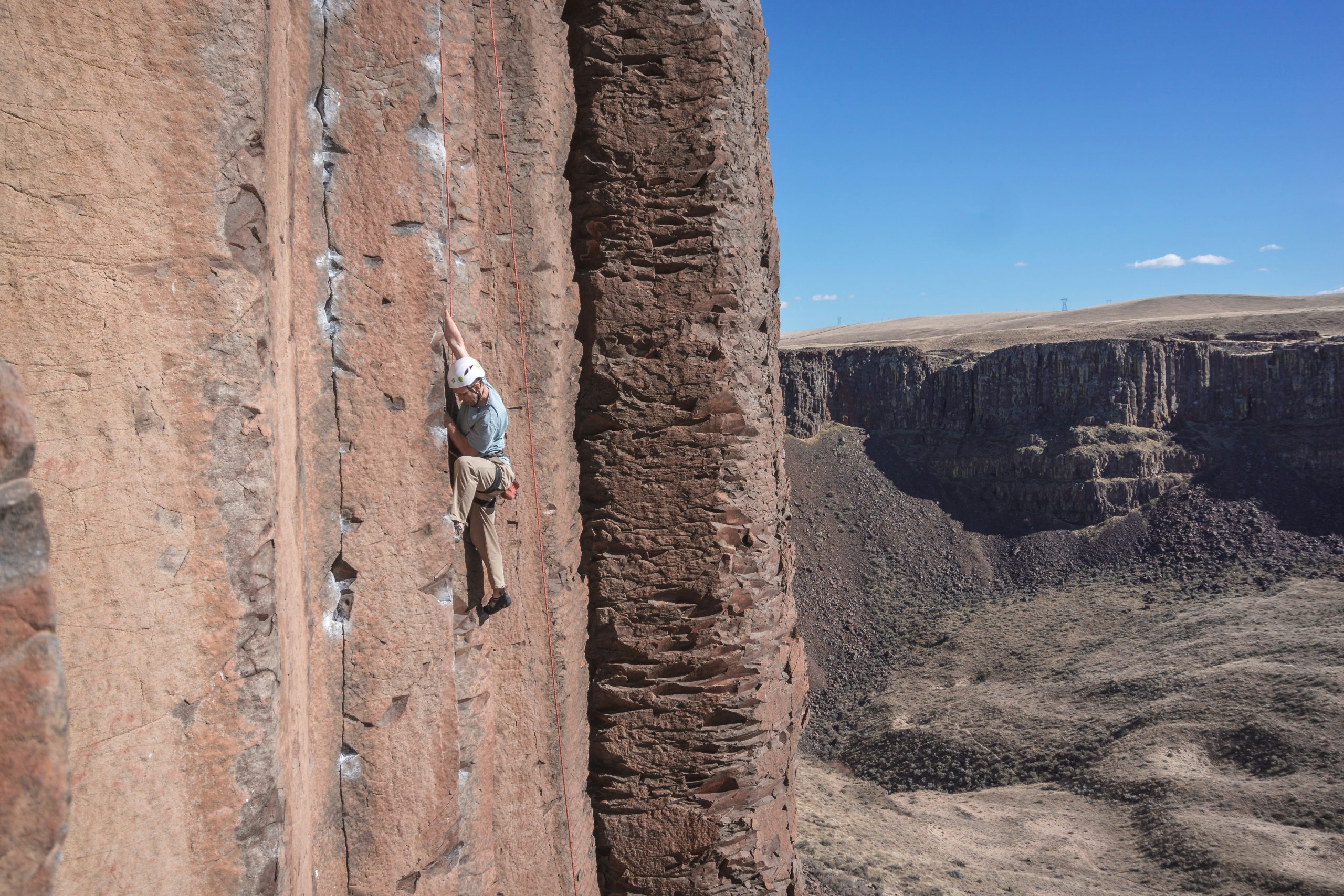Extreme sports and adventure activities have gained significant popularity in recent years. These activities, which include rock climbing, skydiving, BASE jumping, and white-water rafting, carry high levels of risk and the potential for severe physical injury. Understanding the psychological motivations, personality traits, and risk perceptions that drive individuals to participate in extreme sports can provide insights into why people are drawn to these activities. Additionally, examining the psychological benefits and potential negative outcomes of extreme sports involvement sheds light on the complex relationship between human psychology and high-risk behaviors. Moreover, this exploration reveals not only the thrilling aspects of extreme sports but also the challenges participants face. For instance, individuals often experience a rush of adrenaline, yet they may also confront anxiety or stress linked to their activities. Understanding these dynamics can provide a more comprehensive perspective on why people are drawn to such high-risk pursuits.
Psychological Motivations for Extreme Sports Participation
- Thrill-Seeking and Sensation-Seeking:
One of the primary psychological motivations for participating in extreme sports is thrill-seeking or sensation-seeking. Individuals with high sensation-seeking tendencies have a strong desire for novel and intense experiences. Extreme sports provide the perfect avenue for these individuals to satisfy their craving for excitement and adventure.
The study suggests that, indeed, the adrenaline rush and heightened arousal experienced during these activities are key motivators for sensation-seekers. Furthermore, these feelings not only enhance the thrill of the experience but also encourage individuals to seek out new and exciting challenges. Consequently, this pattern of behavior further reinforces their desire for adventure and stimulation. (Stringer, 2023)
- Challenge and Mastery:
Many extreme sports participants are driven by the desire to challenge themselves and master difficult skills. These individuals often seek out activities that push their physical and mental limits, providing a sense of accomplishment and self-efficacy upon overcoming obstacles.
Research in the Journal of Sport and Exercise Psychology highlights that the pursuit of personal growth and mastery is a common motivation among extreme sports enthusiasts. This drive for self-improvement and competence can lead to a profound sense of satisfaction and fulfillment. (Rodríguez et al., 2024)
- Escapism and Stress Relief:
Engaging in extreme sports can also serve as a form of escapism and stress relief. Moreover, the intense focus required during these activities allows individuals to momentarily escape from everyday stressors and immerse themselves fully in the present moment. Consequently, this can lead to a greater sense of well-being and rejuvenation, as participants leave their worries behind and enjoy the thrill of the experience. In addition, the adrenaline rush associated with these sports can further enhance mood and provide a reprieve from daily pressures. Ultimately, extreme sports offer not just physical challenges but also a significant mental and emotional break.
The International Journal of Environmental Research and Public Health published findings that show participation in extreme sports reduces stress and improves mental well-being. The immersive nature of these activities provides a reprieve from the pressures of daily life. (Stringer, 2023)
Personality Traits Associated with Extreme Sports Participation
- High Openness to Experience:
Individuals who participate in extreme sports often exhibit high levels of openness to experience. This personality trait is characterized by a willingness to engage in novel and unconventional activities, as well as a preference for variety and change.
A study found that extreme sports participants scored higher on measures of openness to experience compared to non-participants. This suggests that a proclivity for new and adventurous experiences is a defining characteristic of those drawn to high-risk activities. (Stringer, 2023)
- Low Neuroticism:
Extreme sports participants typically have lower levels of neuroticism, which is a personality trait associated with emotional instability and anxiety. People with low neuroticism are more likely to stay calm and composed in high-pressure situations, making them well-suited for the challenges of extreme sports.
Lower neuroticism is linked to a higher likelihood of engaging in extreme sports. The ability to manage fear and stress effectively is crucial for safely navigating high-risk environments.
- High Extraversion:
Extraversion, characterized by sociability, assertiveness, and high energy levels, is another personality trait commonly associated with extreme sports participation. Extraverts are often drawn to the social aspects and excitement of adventure activities.
A study found that extroverts are likelier to engage in extreme sports because they prefer stimulating and socially engaging environments. This aligns with the communal and often team-oriented nature of many adventure activities.
Risk Perceptions and Psychological Benefits
- Risk Perceptions:
Despite the inherent dangers, extreme sports participants often perceive risks differently from non-participants. They tend to have a higher tolerance for risk and a greater confidence in their ability to manage potential hazards. This altered risk perception is influenced by experience, skill level, and a strong belief in personal control.
The Journal of Behavioral Decision Making published research showing that experienced extreme sports athletes perceive risks as more controllable and less threatening compared to novices. This perception of control plays a critical role in their willingness to engage in high-risk activities. (Vliet, 2021)
- Psychological Benefits: Participation in extreme sports offers numerous psychological benefits. These activities can enhance self-esteem, increase resilience, and promote a sense of accomplishment. The physical exertion and mental focus required can also lead to improved mood and reduced symptoms of anxiety and depression.
A study in the Psychology of Sport and Exercise found that extreme sports participants reported higher levels of life satisfaction and psychological well-being compared to non-participants. The combination of physical activity, skill mastery, and social interaction contributes to these positive outcomes. (Stringer, 2023)
Potential Negative Outcomes
- Physical Injury and Trauma:
The most obvious potential negative outcome of extreme sports participation is physical injury. The high-risk nature of these activities means that participants are at an increased risk of accidents and injuries, some of which can be severe or even fatal.
A review in the British Journal of Sports Medicine highlights the prevalence of injuries among extreme sports participants, emphasizing the need for proper safety measures and training to mitigate these risks. (Iordan, 2024)
- Psychological Distress:
While many individuals find extreme sports to be a source of stress relief, others may experience psychological distress. The pressure to perform, fear of injury, and potential for traumatic experiences can lead to anxiety, post-traumatic stress disorder (PTSD), and other mental health issues.
Extreme sports participants who have experienced serious accidents or near-death experiences may be at risk for PTSD. Individuals need to be aware of these risks and seek support if needed.
The psychology of extreme sports participation is multifaceted, encompassing a range of motivations, personality traits, and risk perceptions. While these activities offer significant psychological benefits, such as enhanced self-esteem, stress relief, and a sense of accomplishment, they also come with potential negative outcomes, including physical injury and psychological distress. Understanding the complex interplay of these factors can help individuals make informed decisions about their involvement in extreme sports and highlight the importance of promoting safety and mental well-being in these high-risk activities.
References
Iordan, D. A. (2024, January 28). (PDF) Incidence and prevalence of injuries in some sports -review. ResearchGate. Retrieved July 22, 2024, from https://www.researchgate.net/publication/376787360_Incidence_and_prevalence_of_injuries_in_some_sports_-review
Rodríguez, A., Ropotin, L., & Beltrán, A. (2024, Jan 22). Sporting Mind: The Interplay of Physical Activity and Psychological Health. NCBI. Retrieved July 22, 2024, from https://www.ncbi.nlm.nih.gov/pmc/articles/PMC10819297/
Stringer, H. (2023, September 1). Extreme sports can provide mental health benefits—and reducing errors in risk assessment can improve safety. American Psychological Association. Retrieved July 22, 2024, from https://www.apa.org/monitor/2023/09/adventure-sports-navigating-decisions
Vliet, È. V. (2021, January 24). Decision-making by extreme athletes: the influence of their social circle. NCBI. Retrieved July 22, 2024, from https://www.ncbi.nlm.nih.gov/pmc/articles/PMC7840860/




